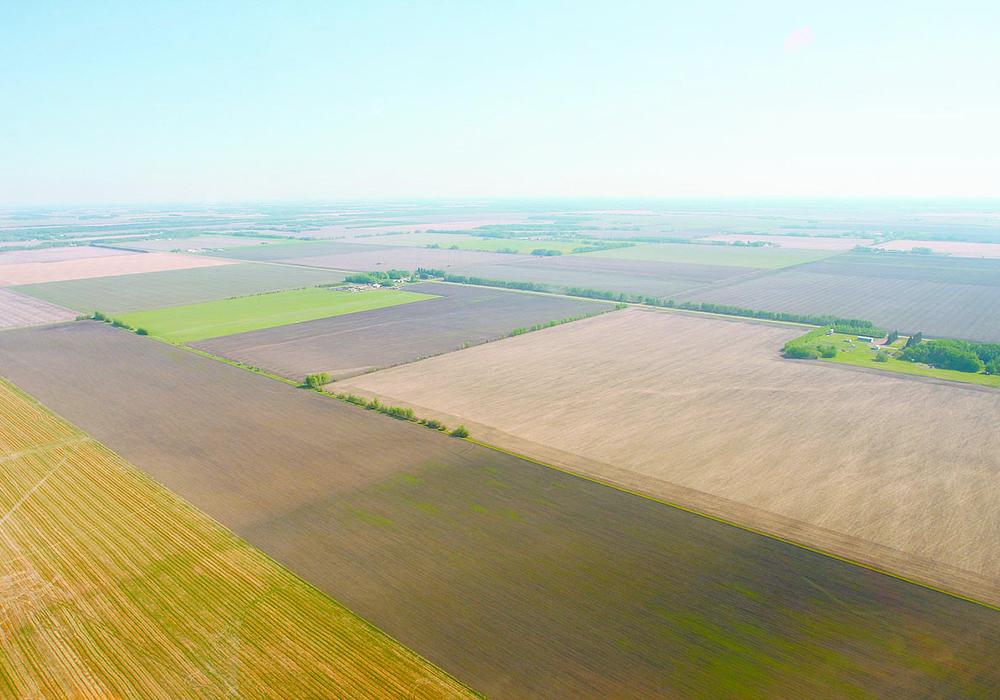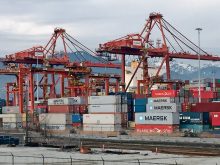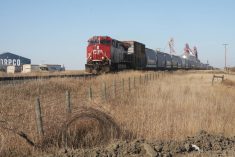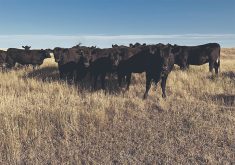Higher commodity prices and increased interest from forage growers result in record acres in Saskatchewan this year
Crop insurance was a popular risk management strategy in Saskatchewan in 2022.
The province’s growers insured a record 35.9 million acres, up from 28.3 million acres five years ago.
“It’s just peace of mind to have it,” said Ian Boxall, Tisdale area farmer and president of Agricultural Producers Association of Saskatchewan.
“I personally can’t do without it.”
Jeff Morrow, acting president of Saskatchewan Crop Insurance Corp., cited several reasons for the big increase in insured acres.
There has been a surge in the number of forage acres insured under the Weather Derivative Program.
Read Also

Saskatchewan throne speech promises strong economy
Saskatchewan’s legislative agenda for the coming year will focus on meeting the challenges of new world trading relationships, said the speech from the throne.
There were 4.02 million acres under that program in 2022, up almost three million acres from 2017 levels.
“We work closely with a group of livestock stakeholders and we’ve made a number of improvements based on some of their priorities to close some gaps and improve the programs,” he said.
There has also been an increase in grain, oilseed and pulses coverage. The 2022 calculations are not yet complete, but he suspects farmers took out coverage on slightly more than 80 percent of total crop acres.
That is well above the 20-year average of 71.7 percent.
“The biggest driver is commodity prices,” he said.
“The coverage that we’re able to offer, especially in 2022, was at record levels. I think the average was just over $400 per acre.”
That rings true with Boxall. He also thinks it has a lot to do with “astronomical” crop input costs.
“You want to insure your inputs,” he said.
Boxall also wonders if there is another factor behind the rising amount of insured cropland.
“Some of that is probably pastureland that has been pulled out and put into crop,” he said.
“I’m seeing and hearing lots of fenced fields that are now crop.”
Morrow noted that farmers were also coming off a year where crop insurance paid out a record $2.6 billion due to a devastating drought in 2021 and that was probably in the back of their minds.
“That’s the highest by a wide margin,” he said.
Annual payouts in the previous four years ranged from $188 to $265 million by comparison.
“Despite some challenging growing seasons, there continues to be a strong balance of SCIC funds, saving in the good years to support producers in the challenging ones,” said Morrow.
Apart from 2021, there has been a recent trend toward lower annual payouts, which Morrow chalks up to improved crop genetics and agronomic practices.
“In some years, when there was concern claims would be higher, crop yields were better than expected as the advancements in agronomic practices allowed crops to utilize subsoil moisture and produce adequate yields,” he said.
The recent trend of open falls has also contributed to reduced payouts.
“It obviously helps because if we get an earlier fall frost, we run into not only yield problems but also quality challenges,” said Morrow.
This year is a good example.
“It has really been beneficial this year for the east side of the province that got off to a later start because it was wet and the seeding was delayed,” he said.
Morrow said it is hard to predict if insured acres will continue climbing because there are many factors that influence farmer decisions.
“All I can say is we will strive to ensure our programs are meaningful and relevant.”
That means continued dialogue with commodity groups on how to improve upon SCIC’s products and services.
Boxall would like to see more weather stations, but in general he thinks it is a “wonderful” program.
“We are fortunate to have it and I thank them every time I sign up when I go into my local office,” he said.
But he does worry that there is no equivalent program for livestock producers. SCIC offers the Livestock Price Insurance program, but it does not provide nearly as much protection as the crop insurance program.
“I fear we’ll lose the sector because it isn’t economical and yet there isn’t a safety net backstop for those guys that’s adequate,” said Boxall.
















